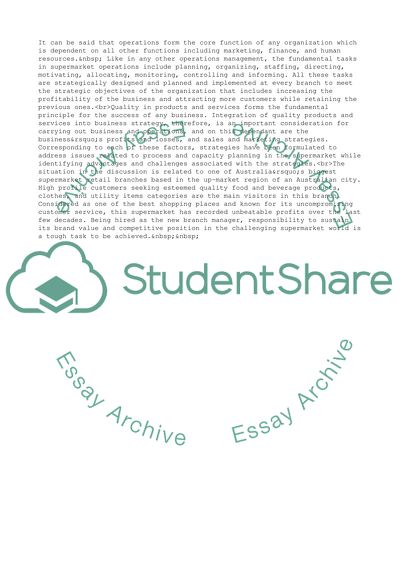Cite this document
(Operational Analysis and Effectiveness Term Paper, n.d.)
Operational Analysis and Effectiveness Term Paper. Retrieved from https://studentshare.org/business/1740446-operational-analysis-and-effectiveness-essay-1
Operational Analysis and Effectiveness Term Paper. Retrieved from https://studentshare.org/business/1740446-operational-analysis-and-effectiveness-essay-1
(Operational Analysis and Effectiveness Term Paper)
Operational Analysis and Effectiveness Term Paper. https://studentshare.org/business/1740446-operational-analysis-and-effectiveness-essay-1.
Operational Analysis and Effectiveness Term Paper. https://studentshare.org/business/1740446-operational-analysis-and-effectiveness-essay-1.
“Operational Analysis and Effectiveness Term Paper”, n.d. https://studentshare.org/business/1740446-operational-analysis-and-effectiveness-essay-1.


